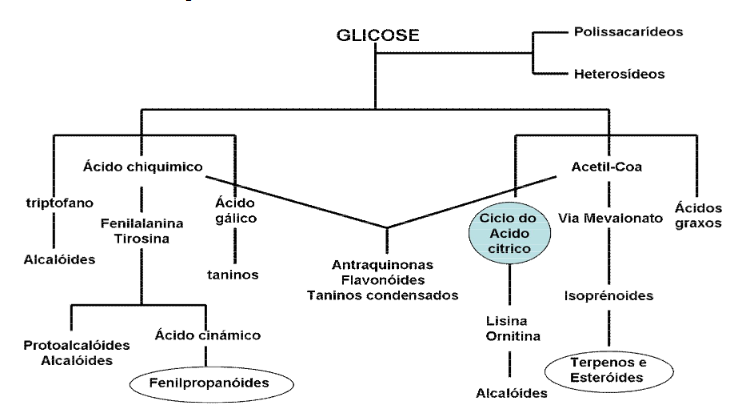Use of Essential Ois in Agriculture
DOI:
https://doi.org/10.20873/jbb.uft.cemaf.v4n2.ootaniKeywords:
secondary metabolites, insecticidal, fungicide, herbicideAbstract
Essential oils are alternativeto control pathogenic agents, agricultural pests and weeds, with the use of pesticides in agriculture has been an important tool in the control of many pathogenic microorganisms and plants to increase production, but the indiscriminate use of these chemicals has negatively affected the environment and human health. It has been researched lately , demand for new plants with metabolic molecules such as terpenes, alkaloids and phenolic com pounds, in effect; bioinsecticide, biofungicide bioherbicida and plants that can replace chemicals or with low or no residual power and reduce the impact to environment, this manuscript aims to give a comprehensive explanation on the importance of essential oils and their secondary metabolites in plant defense. The use of plants with insecticidal properties, fungicide and herbicide, shows a high potential of this tool in the management of pests, diseases and weeds. For the final insertion and safe botanical products in agriculture, however, more studies are still needed
.

Downloads
Published
How to Cite
Issue
Section
License
Copyright (c) 2024 - Journal of Biotechnology and Biodiversity

This work is licensed under a Creative Commons Attribution 4.0 International License.
Authors who publish with this journal agree to the following terms:
Authors retain copyright and grant the journal right of first publication with the work simultaneously licensed under a Creative Commons Attribution License (CC BY 4.0 at http://creativecommons.org/licenses/by/4.0/) that allows others to share the work with an acknowledgement of the work's authorship and initial publication in this journal.
Authors are able to enter into separate, additional contractual arrangements for the non-exclusive distribution of the journal's published version of the work (e.g., post it to an institutional repository or publish it in a book), with an acknowledgement of its initial publication in this journal.
Authors are permitted and encouraged to post their work online (e.g. in institutional repositories or on their website) prior to and during the submission process, as it can lead to productive exchanges, as well as earlier and greater citation of published work (Available at The Effect of Open Access, at http://opcit.eprints.org/oacitation-biblio.html).


